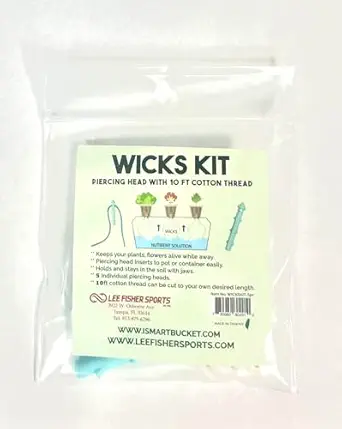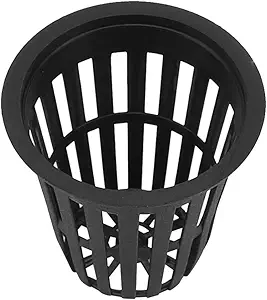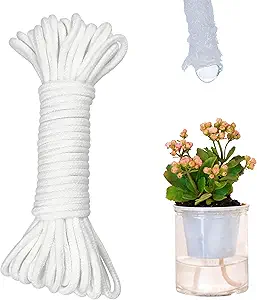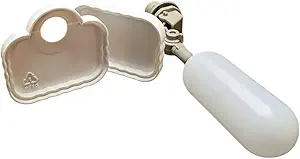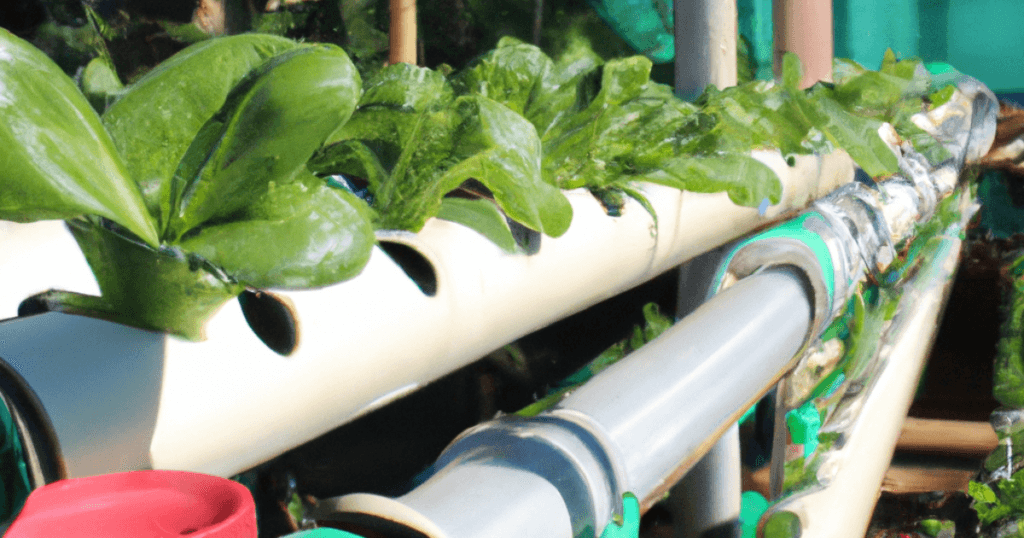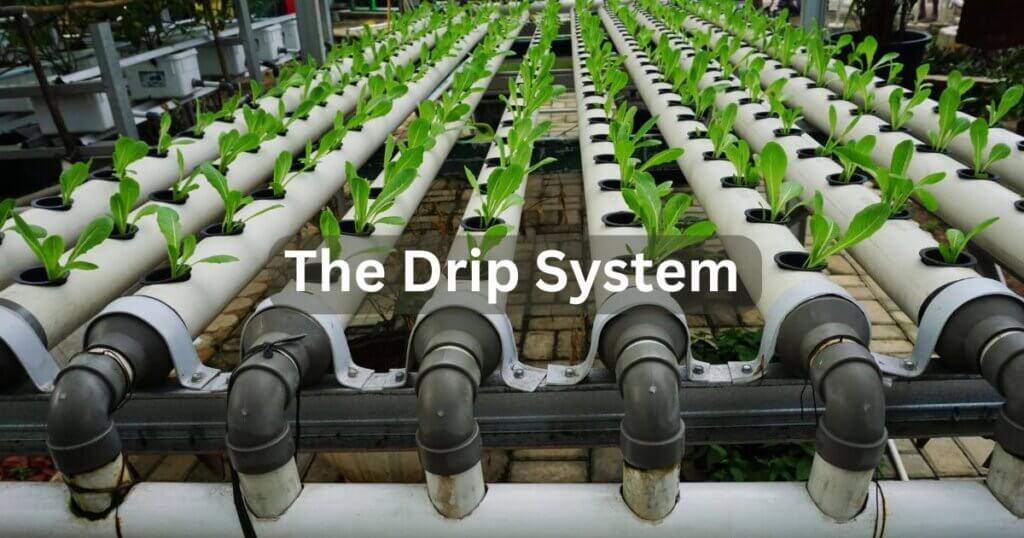The Wick System: Simplicity in Hydroponics
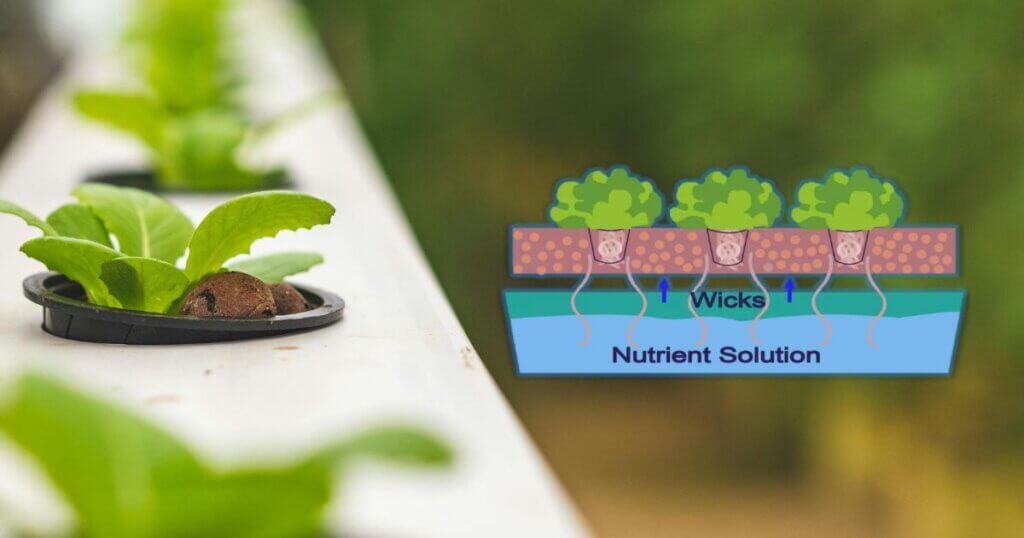
Some of the links in this post are affiliate links. As an Amazon Associate, we earn a referral fee from qualifying purchases—at no extra cost to you.
Welcome to our comprehensive guide on the Wick System, a simple yet effective hydroponic system that offers an accessible approach to growing plants without soil. In this article, we will explore the Wick System’s concept, benefits, setup process, and maintenance. Whether you’re a novice or an experienced gardener, this guide will equip you with the knowledge to incorporate this efficient hydroponic technique into your gardening endeavors.
Table of Contents
What is the Wick System?
Understanding Hydroponics
Before delving into the specifics of the Wick System, it’s essential to understand the broader concept of hydroponics. Hydroponics is a soilless gardening method that enables plants to grow in a nutrient-rich water solution. Hydroponics offers several advantages over traditional soil-based cultivation by providing the necessary nutrients directly to the plant roots.
Introducing the Wick System
The Wick System is a passive hydroponic system that utilizes a wick to deliver water and nutrients to the plant roots. It is renowned for its simplicity, low-cost setup, and ease of maintenance, making it an ideal choice for beginners or those seeking a hassle-free hydroponic experience. Let’s explore the key components and working principles of the Wick System.
Components of the Wick System
Wick
The wick is the core component of the Wick System, transferring water and nutrients from the reservoir to the plant roots. It provides a continuous moisture supply, made of absorbent materials like cotton or nylon. This passive watering method eliminates the need for pumps or electricity. A well-chosen wick maintains consistent hydration, promoting steady plant growth.
The Wicks KIT, Cotton Thread 10 ft with 5 Piercing Heads is ideal for passive hydroponic systems like the Wick System. It includes absorbent cotton thread and piercing heads, providing reliable moisture delivery to plant roots without electricity.
Growing Medium
A proper growing medium supports the plants and secures the wick in place. Common options include vermiculite, perlite, and coconut coir, each aiding in moisture retention and aeration. The medium prevents waterlogging while allowing roots to access nutrients efficiently. Choosing the right mix enhances wick performance and plant health.
The Halatool Rockwool Cubes & Net Cups set includes 48 rockwool cubes and 48 net cups, offering excellent moisture retention and air circulation. These are perfect for hydroponic growing mediums and support healthy root development in the Wick System.
Reservoir
The reservoir stores water and nutrients, supplying the wick with a steady moisture source. It can be a simple container or a larger tank with monitoring features. Regular maintenance prevents algae growth and contamination. A well-maintained reservoir ensures uninterrupted hydration for the plants.
These Hydroponic Wicking Grow Spikes help deliver consistent moisture through capillary action. They fit into most containers and enhance water delivery in wick-based systems, acting as a practical extension of your reservoir setup.
Plant Container
The plant container holds the growing medium and provides structural support. Available in plastic, clay, or fabric, each material affects aeration and drainage. Proper container selection prevents root rot and promotes healthy growth. Ensuring adequate drainage enhances the system’s efficiency.
The Hydroponic Basket Net Cups (10-pack) are breathable containers designed for use with hydroponic systems. They offer excellent aeration and drainage, helping to prevent root rot and improve overall plant health in the Wick System.
How Does the Wick System Work?
Capillary Action: Nature’s Lifting Mechanism
The Wick System harnesses the power of capillary action, a natural phenomenon where liquid moves against gravity through narrow spaces. With its fine fibers, the wick draws water from the reservoir, similar to how a sponge soaks up liquid. This mechanism ensures continuous moisture and nutrients to the plant roots.
The Role of Gravity
In the Wick System, gravity is vital in maintaining the delicate balance of water and nutrients. As the wick absorbs the solution, gravity gradually pulls the liquid downward, allowing the plant roots to access the necessary elements for growth. This self-regulating process ensures the plants receive an adequate supply without over-saturation.
Setting Up the Wick System
Step 1: Choose the Right Plants
Not all plants thrive in the Wick System, so selecting varieties well-suited for this passive hydroponic method is crucial. Herbs like basil, mint, oregano, and leafy greens such as lettuce and spinach tend to flourish in the Wick System. Avoid plants with extensive root systems or those that require higher nutrient concentrations.
Step 2: Prepare the Reservoir
Select an appropriate container for the reservoir, considering the size and number of plants you plan to grow. Ensure it is clean and free from contaminants. Fill the reservoir with a nutrient solution mixed according to the specific requirements of your chosen plants.
Step 3: Prepare the Wick and Growing Medium
Cut a suitable length of wick material and place one end in the reservoir, ensuring it touches the nutrient solution. The other end should extend into the plant container. Fill the container with the chosen growing medium, leaving enough space for the plant and wick.
The ORIMERC Self Watering Capillary Wicking Cord is a 30-foot, 1/5-inch thick cotton-based cord that ensures continuous hydration in wick-based hydroponics. It’s flexible, washable, and perfect for custom DIY wick systems.
Step 4: Planting and Placement
Gently insert the plant into the container, ensuring the roots make contact with the growing medium. Position the container in a location that provides adequate light for your plants‘ needs. Consider temperature, humidity, and ventilation to create an optimal growing environment.
Step 5: Maintain the Wick System
Regularly monitor the water level in the reservoir to ensure a steady supply for the plants. Refill the reservoir with the nutrient solution as needed. Additionally, inspect the wick, growing medium, and plants for any signs of disease or nutrient deficiencies—prune and harvest plants as required to encourage healthy growth.
The Wick Wedge with Float Valve is a 3D-printed system designed for advanced wick-based and Kratky setups. It helps regulate water levels automatically using a float valve, ideal for growers looking to scale or automate their systems.
Advantages of the Wick System
The Wick System offers numerous advantages that make it an attractive option for both beginners and experienced gardeners:
- Simplicity and Affordability: The Wick System is straightforward to set up and requires minimal equipment and resources. It provides a cost-effective solution for growing plants hydroponically without complicated mechanisms.
- Accessibility for Beginners: With its straightforward design and passive operation, the Wick System is an excellent choice for those new to hydroponics. It offers a gentle learning curve and can be a stepping stone to more complex systems.
- Low Maintenance: Once the Wick System is set up, it requires minimal intervention. The capillary action ensures a continuous supply of water and nutrients, reducing the need for constant monitoring and adjustments.
- Water Efficiency: The Wick System is highly water-efficient, delivering moisture directly to the plant roots without wastage. This makes it an environmentally friendly option, especially in regions with water scarcity.
- Portability: The simplicity of the Wick System makes it easily transportable. The Wick System allows for flexibility if you have limited space or wish to move your garden indoors during unfavorable weather conditions.
Conclusion
The Wick System is a fantastic choice for those seeking a simple, low-cost, and efficient method of hydroponic gardening. By harnessing the power of capillary action, this passive system ensures plants receive the necessary water and nutrients for optimal growth. Whether you’re a beginner or an experienced gardener, incorporating the Wick System into your hydroponic endeavors can be a rewarding and productive experience.
FAQs – Wick System
1. What type of wick works best for a Wick System?
The best wick materials are cotton, nylon, or felt, as they provide excellent capillary action and durability. Cotton is highly absorbent but may degrade over time, while nylon is more durable but wicks water slightly slower. The thickness of the wick also matters—thicker wicks can transport more water, making them better suited for thirsty plants. Experimenting with different materials can help determine the best fit for your specific setup.
2. Can the Wick System be used for large plants?
The Wick System is best suited for small to medium-sized plants with moderate water needs, such as herbs and leafy greens. Larger plants with extensive root systems or high water demands, like tomatoes or cucumbers, may struggle to get enough moisture from a wick alone. If growing larger plants, multiple wicks per container can help improve water uptake. However, more advanced hydroponic systems may be better suited for large, fruiting plants.
3. How often should I replace the wick?
Wicks should be checked periodically for clogs, mold, or deterioration, especially if using organic materials like cotton. Depending on the quality of the material and environmental conditions, they typically last several months to a year. If plants show signs of underwatering despite a full reservoir, the wick may need cleaning or replacing. Regularly rinsing the wick in clean water can help prevent buildup and prolong its effectiveness.
4. Does the Wick System work for indoor gardening?
Yes, the Wick System is excellent for indoor gardening due to its low maintenance and compact setup. It requires no electricity or complex equipment, making it ideal for small apartments, offices, or home kitchens. Using appropriate lighting, such as LED grow lights, ensures optimal plant growth indoors. Additionally, choosing non-leaky containers prevents water damage to indoor surfaces.
5. What are common problems with the Wick System, and how can they be fixed?
Common issues include slow water transfer, wick clogging, and algae growth in the reservoir. Slow water transfer can be fixed by using a thicker or more absorbent wick. Clogs caused by mineral buildup or debris can be resolved by cleaning or replacing the wick. Algae growth occurs when the reservoir is exposed to light, so keeping it covered or using opaque containers helps prevent this problem.
Other Useful Resources Related To the Wick System
- Hydroponic Wick System: The Best System for Beginners
This article provides a comprehensive overview of the hydroponic wick system, including its advantages, setup instructions, and common issues. - Hydroponic Wick Systems: The Training Wheels Of The Hydroponic World
An insightful piece discussing the simplicity and affordability of wick systems, making them ideal for beginners in hydroponic gardening. - Hydroponic Water Wicks For Sale
A supplier offering hydroponic water wicks designed for plant watering and disinfectant dispersion systems. - All You Need To Know About Wick System Hydroponics – General Hydroponics Guide
An in-depth look at wick system hydroponics, covering setup, benefits, and troubleshooting tips. - First-timer Hydroponic: the Wick System Incl. Vermiponics and Major Fail: 9 Steps (with Pictures)
A step-by-step guide for beginners on setting up a wick system, including personal experiences and lessons learned.
Some Interesting The Wick System Videos

